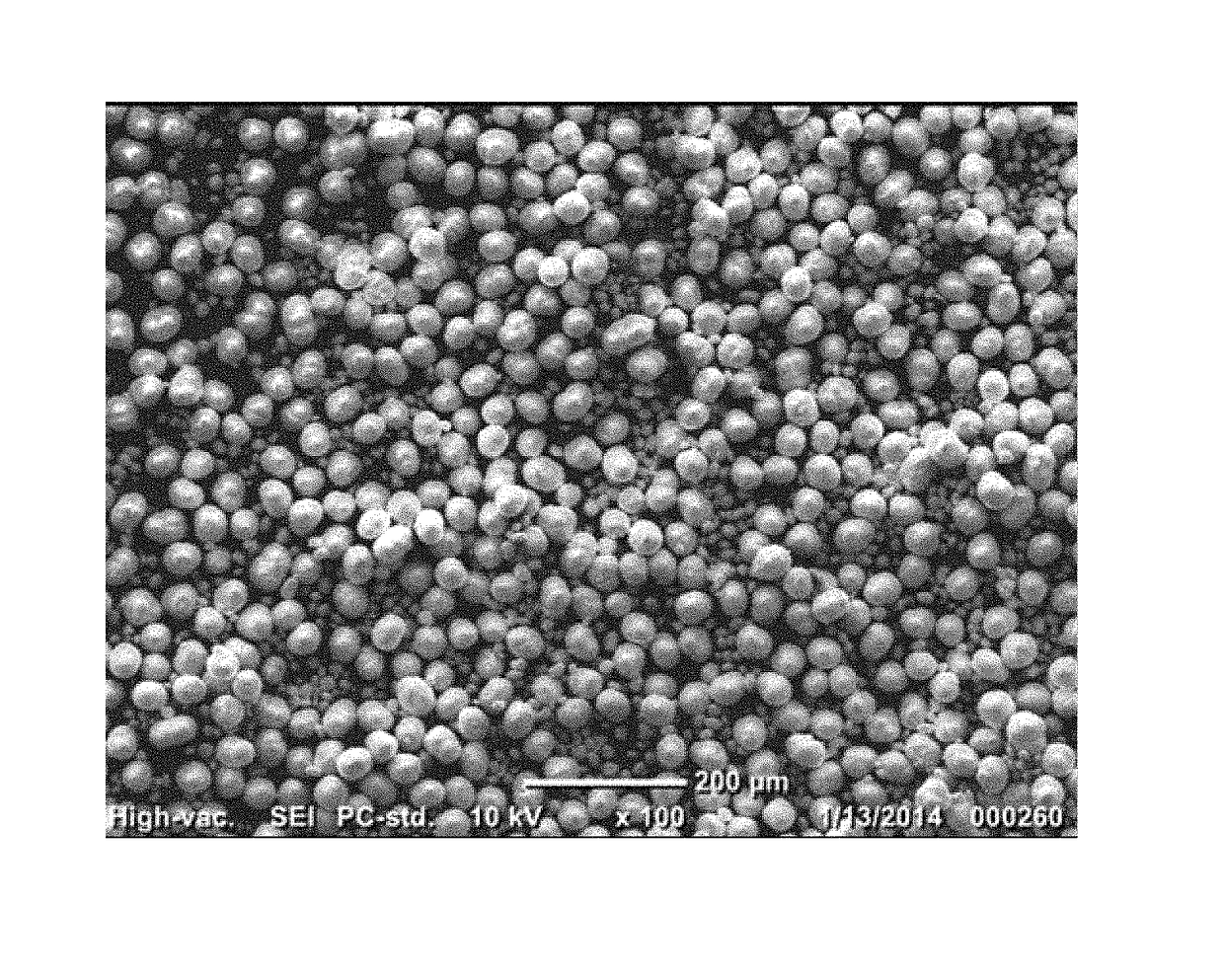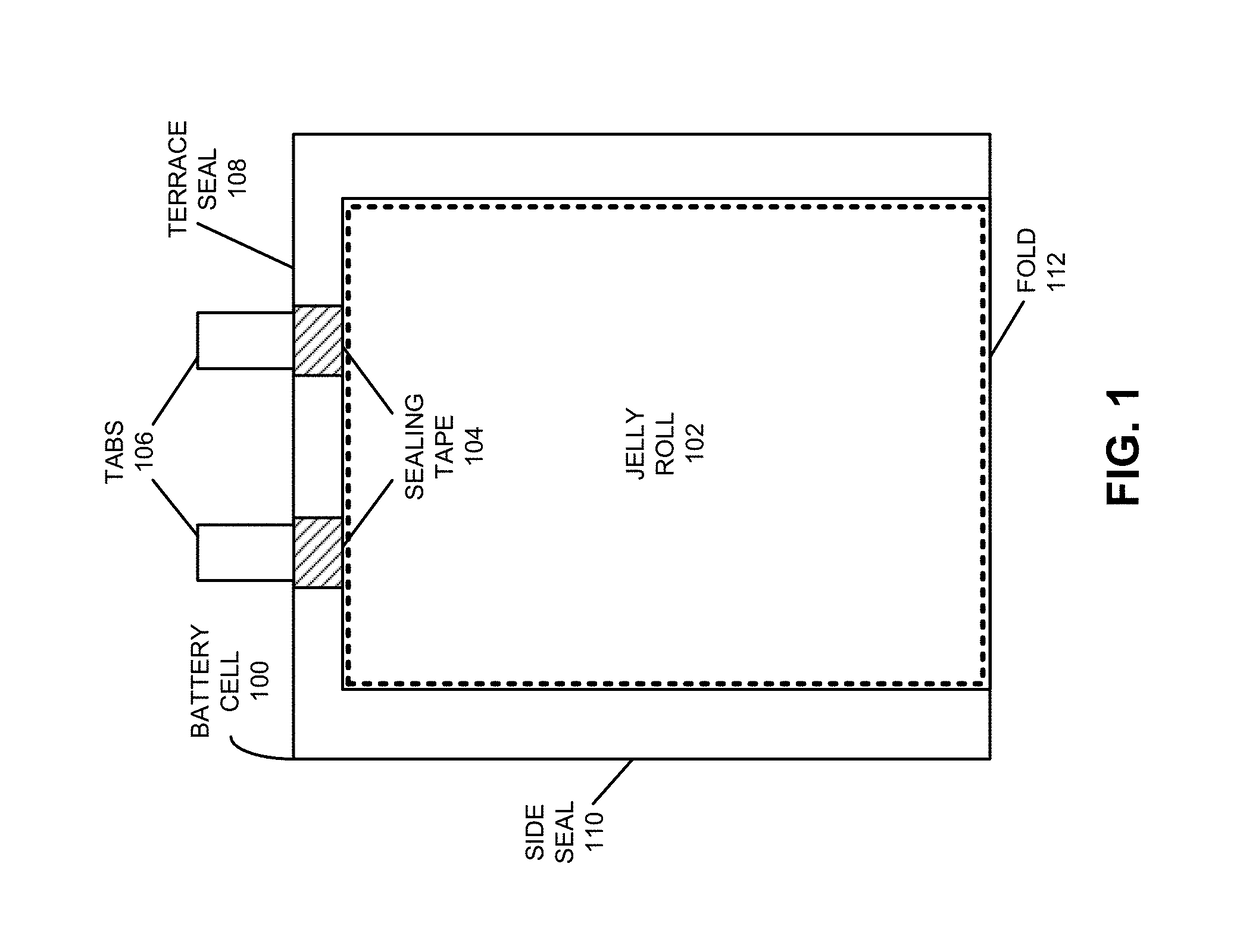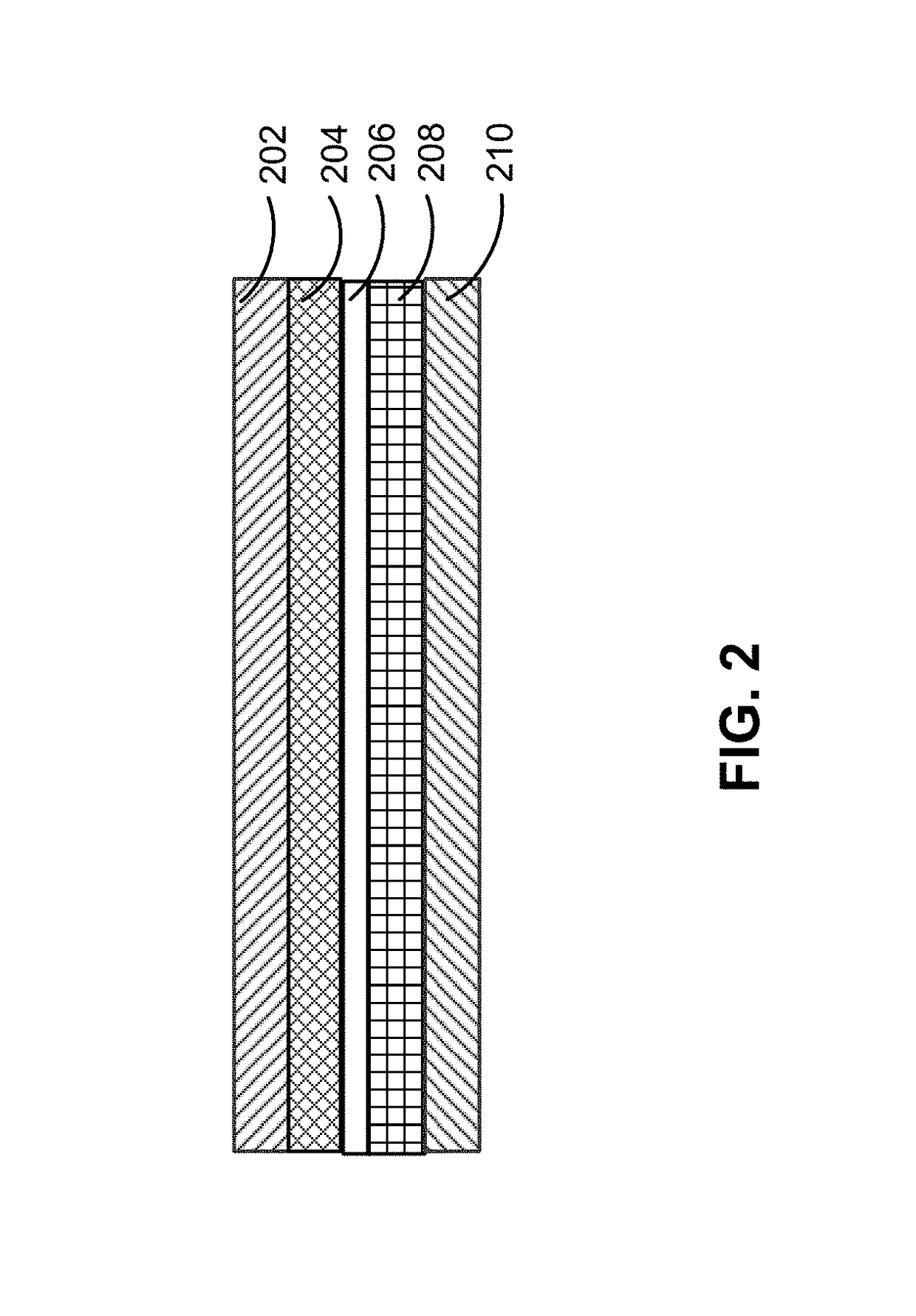High-density precursor for manufacture of composite metal oxide cathodes for Li-ion batteries
a lithium-ion battery, high-density technology, applied in the field of rechargeable batteries, can solve the problems of batch-to-batch reproducibility and/or control, difficult to obtain uniform particle distribution,
- Summary
- Abstract
- Description
- Claims
- Application Information
AI Technical Summary
Benefits of technology
Problems solved by technology
Method used
Image
Examples
example 1
[0059]A 3.5-liter CSTR is filled with distilled water and heated to 55° C. The water is purged with nitrogen while stirring at a rate of 1000 rpm. Then, a 1.5-molar aqueous solution of manganese, nickel, magnesium and cobalt sulfate and a 1-molar solution of aqueous ammonia are continuously dripped into the reactor. The pH is fixed at 10.5 by adding a 3-molar aqueous solution of sodium hydroxide using a pH controller / pump. The particles nucleate and grow in the particulate solution for an 8.5-hour run time. The final precursor particles are washed, filtered and dried. FIGS. 4-7 show the characterization of the precursor powder.
[0060]In particular, FIG. 4 shows a histogram and a cumulative distribution of the particle sizes of the resultant precursor co-precipitate material. A particle size analysis of the precursor after 8 hours of growth shows a D50 of 7.7 microns and D10 / D90 of 0.45. Moreover, the final precursor particles have a minimum size of 1.60 microns, a maximum size of 16....
example 2
[0062]A co-precipitation reaction is run as in Example 1. The pH is set to 11. The water is purged with nitrogen while stirring at a rate of 1200 rpm. Then, a 2-molar aqueous solution of manganese, nickel and cobalt sulfate and a 1.0-molar solution of aqueous ammonia are continuously dripped into the reactor. The final precursor particles are washed, filtered and dried. The plot of FIG. 8 shows a D50 of 15.67 microns and D10 / D90 of 0.59. In addition, the final precursor particles have a minimum size of 1.52 microns, a maximum size of 34.24 microns, a mean of 15.90 microns, a standard deviation of 3.73 microns, a D10 of 12.35 microns, and a D90 of 20.09 microns.
example 3
[0063]A co-precipitation reaction is run as in Example 1. The CSTR is filled with 2 liters of a 0.5-molar Na2SO4 salt solution. The water is purged with nitrogen while stirring at urate of 1100 rpm. Then, a 1.5-molar aqueous solution of manganese, nickel and cobalt sulfate and a 1-molar solution of aqueous ammonia are continuously dripped into the reactor. The pH is set to 10.5. The final precursor particles are washed, filtered and dried. The plot of FIG. 9 shows a D50 of 12.38 microns and D10 / D90 of 0.56. The final precursor particles also have a minimum size of 0.35 microns, a maximum size of 28.45 microns, a mean of 12.95 microns, a standard deviation of 3.19 microns, a D10 of 9.67 microns, and a D90 of 17.18 microns. The tap density of the dry powder is measured to be 0.80 g / cm3.
PUM
| Property | Measurement | Unit |
|---|---|---|
| median particle size D50 | aaaaa | aaaaa |
| constant temperature | aaaaa | aaaaa |
| particle size | aaaaa | aaaaa |
Abstract
Description
Claims
Application Information
 Login to View More
Login to View More - R&D
- Intellectual Property
- Life Sciences
- Materials
- Tech Scout
- Unparalleled Data Quality
- Higher Quality Content
- 60% Fewer Hallucinations
Browse by: Latest US Patents, China's latest patents, Technical Efficacy Thesaurus, Application Domain, Technology Topic, Popular Technical Reports.
© 2025 PatSnap. All rights reserved.Legal|Privacy policy|Modern Slavery Act Transparency Statement|Sitemap|About US| Contact US: help@patsnap.com



